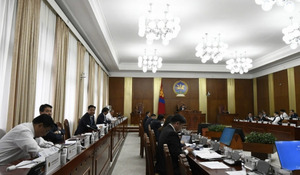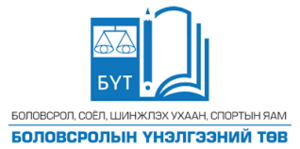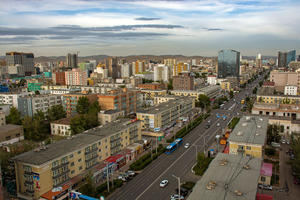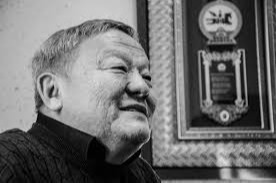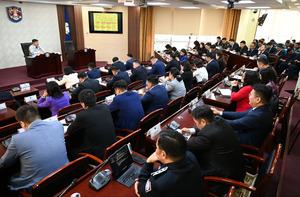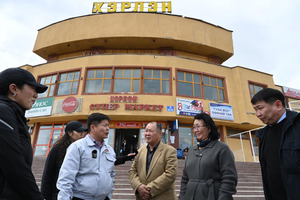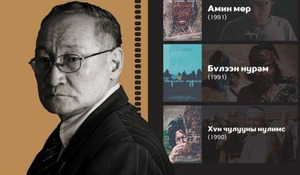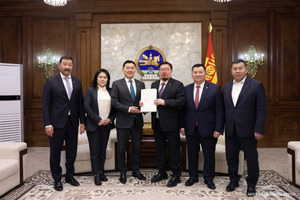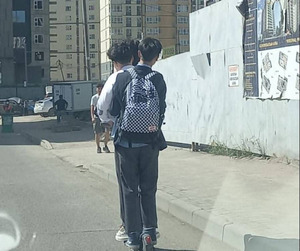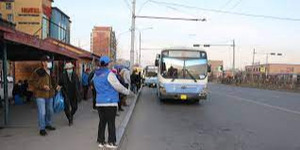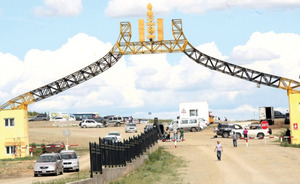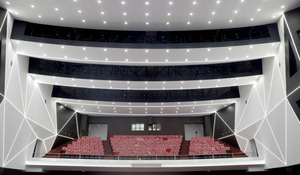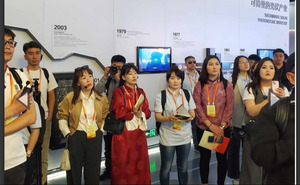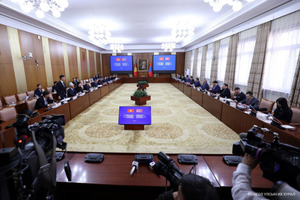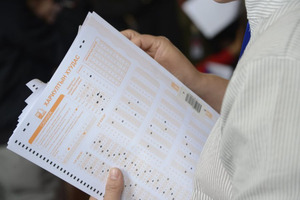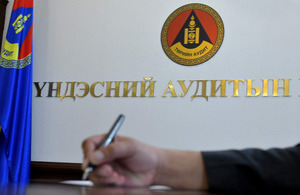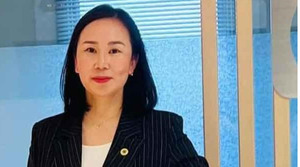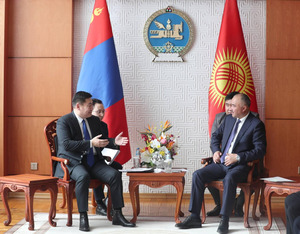1. The Foundation for Detroit"s Future
For saving a city and its art. Some philanthropists make donations to find a cure for a disease, or to help poor children overseas. But what if not-for-profits and some companies could save an entire city? A dozen not-for-profits, acting on an idea hatched by a federal judge and Detroit emergency manager Kevyn Orr, came together in 2014 to form the Foundation for Detroit’s Future, contributing $366 million over 20 years to meet the city’s obligation to its government pensioners and help pull the Motor City out of bankruptcy. Leading benefactors include the Ford Foundation ($125 million), the Kresge Foundation, ($100 million) and the W.K. Kellogg Foundation ($40 million). And additional donors pledged $100 million to save the Detroit Institute of Art and its work. The DIA had been under the control of the city, putting the artwork at risk of liquidation to pay creditors. Now, the DIA stays in a recovering Detroit.
2. The ALS Association
For taking a wacky idea and running with It. The Ice Bucket Challenge was not the brainchild of the ALS Association, which raises money to fund research on amyotrophic lateral sclerosis (ALS), otherwise known as Lou Gehrig’s Disease. But the Association deftly embraced the Internet sensation, raising more than $100 million during a 30-day period in the summer of 2014. The challenge, started by ALS patients and their advocates, doesn’t involve donations at all. Instead, people, some of them famous actors and athletes, posted YouTube videos of themselves being doused with a bucket of ice water. The unusual—if baffling—effort brought a great deal of public attention to an illness that hadn’t been getting much of it. The ALS Foundation promoted the idea, and in October announced an initial contribution of $21.7 million to expedite research to find treatments and a cure for the disease, $18.5 million of which was designated for four global research projects.
3. The William and Flora Hewlett Foundation
For making cybersecurity a philanthropic cause. Governments worry about cybersecurity, whether it’s a matter of official documents being disclosed or the Sony hacking that caused an international incident involving North Korea. But it’s not been a cause in the not-for-profit world until the Hewlett Foundation stepped in. In 2014, the foundation created a "cyber initiative" to explore how to protect privacy, innovation, and the need for data security in an era when so much information is kept electronically. Governments and industry have scrambled to deal with cybersecurity issues, but they have "largely focused their separate, siloed security efforts on the immediate need to thwart enemies, hackers, and thieves," the foundation says. Hewlett has so far pledged $65 million—the largest such commitment by a private donor—to address cybersecurity issues. Stanford University, the Massachusetts Institute of Technology, and the University of California–Berkeley each got $15 million in November to launch academic initiatives aimed at protecting governments, individuals, and businesses from hackers.
4. Seeding Labs
For providing the tools for medical innovation. Prescription painkiller abuse ruins lives and costs millions in health care expenses. But what if there was a natural, non-addictive way to register or block the sensations that cause pain? A Chilean researcher launched that project last year, thanks to help from the Boston-based Seeding Labs. The small nonprofit, officially launched in 2007 by Nina Dudnik, doesn’t offer cash grants; it merely sends donated lab equipment to great scientists overseas so they can do research. Dudnik, a graduate of Harvard"s doctorate program in microbiology, came up with the idea while working as a Fulbright Fellow in Ivory Coast in 2001. As of 2014, Seeding Labs had provided $2.2 million worth of lab equipment to nearly 20,000 scientists and their students in 23 countries. Last year, it also expanded into a public-private partnership with USAID, which gave $3 million to Seeding Labs to close the science research gap abroad.
5. The Robert Wood Johnson Foundation
For making health about more than health care. The 43-year-old Robert Wood Johnson Foundation is known for its attention to health care. With more than $10 billion in assets, RWJF is the single gest philanthropy dedicated to the nation’s health. But in 2014, president Risa Lavizzo-Mourey announced a dramatic change: Instead of treating health care and general public health as separate goals, the foundation would promote a "culture of health" aimed at all the elements that affect a person’s well-being, whether it’s poverty, food security, adequate housing, assistance to the elderly, or bike paths in cities. RWJF won’t stop working for quality, cost-effective health care, Lavizzo-Mourey said in announcing the shift, but will broaden its mission to include other factors that affect the public well-being. One such approach, supported by the Foundation, is Health Leads, which enables doctors and other health care providers to "prescribe" basic resources like food and heat just as they do medication to make sure patients can stay healthy between medical visits.
6. The Rockefeller Foundation
For making a science out of giving. The Rockefeller Foundation has plenty of cash to throw around; last year, the group spent more than $200 million in grants and other funding for projects in more than 50 countries. To spend the money wisely, the foundation has its own, unique global intelligence unit that identifies needs and figures out what (if anything) the Rockefeller Foundation can do to help. Only a handful makes it to the "development" stage, wherein a project is test-funded to see if it can have a wider impact. In 2014, the Rockefeller Foundation directed $75 million to Smart Power in India, working with utility companies, investors, and NGOs to help a nation in which 290 million people lack basic lighting. The project is expected to electrify 1,000 villages between 2014 and 2017 and will be used as a model for similar projects in Asia and Africa.
7. Acumen
For finding a cost-effective way to evaluate its work. Acumen’s approach has always been more than straight-up charity; its model is to do "double bottom line" or "impact" investing, in which investors achieve both a profit and a social dividend. But Acumen wanted to make sure its work was reaching the right target—particularly when the rural, very poor are involved. With the 2014 launch of the Lean Data Initiative, done in conjunction with the Grameen Foundation, Acumen is using mobile-enabled impact measurement tools to assess and evaluate its work. Lean Data resulted in collecting data from 1,000 customers of Ziqitza, an investee in India that provides ambulatory services to the poor, helping Ziqitza learn whether it was reaching the poorest and most isolated people. In Africa, more than 3 million customer texts were sent to Sproxil, a Nigerian-based company that enables customers to verify the authenticity of their medications through SMS.
8. Direct Relief
For using interactive mapping to fight ebola. Addressing a major disaster or disease outbreak is problematic enough, but add in the difficulty of tracking people and germs in low-tech nations, and the task is even more daunting. Last year’s Ebola crisis presented a special challenge, with the disease spreading from Guinea to Liberia and elsewhere in Africa. And the highly infectious nature of Ebola meant poor tracking could mean a lot more deaths. Direct Relief, answering a request from the Liberian Ministry of Health and Social Welfare, used an interactive mapping system to show where the Ebola cases were, where the clinics were, and where Direct Relief had sent protective gear. Direct Relief was already in the business of collecting donated pharmaceuticals and equipment and sending it to needy clinics, but the mapping and data collection allowed the group to track the spread of the disease and identify where help was needed. It also provided some transparency for donors, who could see where their money was going.
9. The Howard G. Buffett Foundation
For fighting conflict by battling poverty. Mr. Buffett intends to give away some $3 billion through his foundation by 2045, so it’s unsurprising he’d take a bold view toward solving some of the world’s gest problems. The son of Warren Buffett argues that hunger causes conflict, and conflict causes hunger. So, the younger Buffett, author of 40 Chances: Finding Hope in a Hungry World, is peddling an antihunger campaign rooted in the premise of his book. Farmers, notes Buffet (who counts farmer as one of his own avocations) get 40 growing seasons in a lifetime, 40 chances to get a good crop—so get it right. He’s financed projects to fund private seed companies in Africa, to get Nicaraguan farmers the legal help to get title to their land, and has partnered with other organizations to give $150,000 fellowships to launch innovative social-enterprise projects addressing hunger and poverty in Liberia, Malawi, Rwanda, and Sierra Leone.
10. Girl Scouts of the USA
For showing girls technology is about more than texting. Online sales aren’t new. But with the announcement of Digital Cookie in December, the Girl Scouts has not only brought their century-old organization into the Internet age, but it accomplished an unusual feat: keeping the charm of the green-uniformed girls selling Thin Mints and adding the convenience of ordering cookies with a mouse click. The girls create their own websites to sell the cookies, providing them with valuable training in website design, online marketing, business management, and customer tracking and service. The Scouts aren’t the first to do e-commerce, but they may be the first to create a web sales program run entirely by girls. The program also teaches the girls Internet safety, as customers must be invited to buy from a Scout’s website, and the sites do not say where the girls live.

